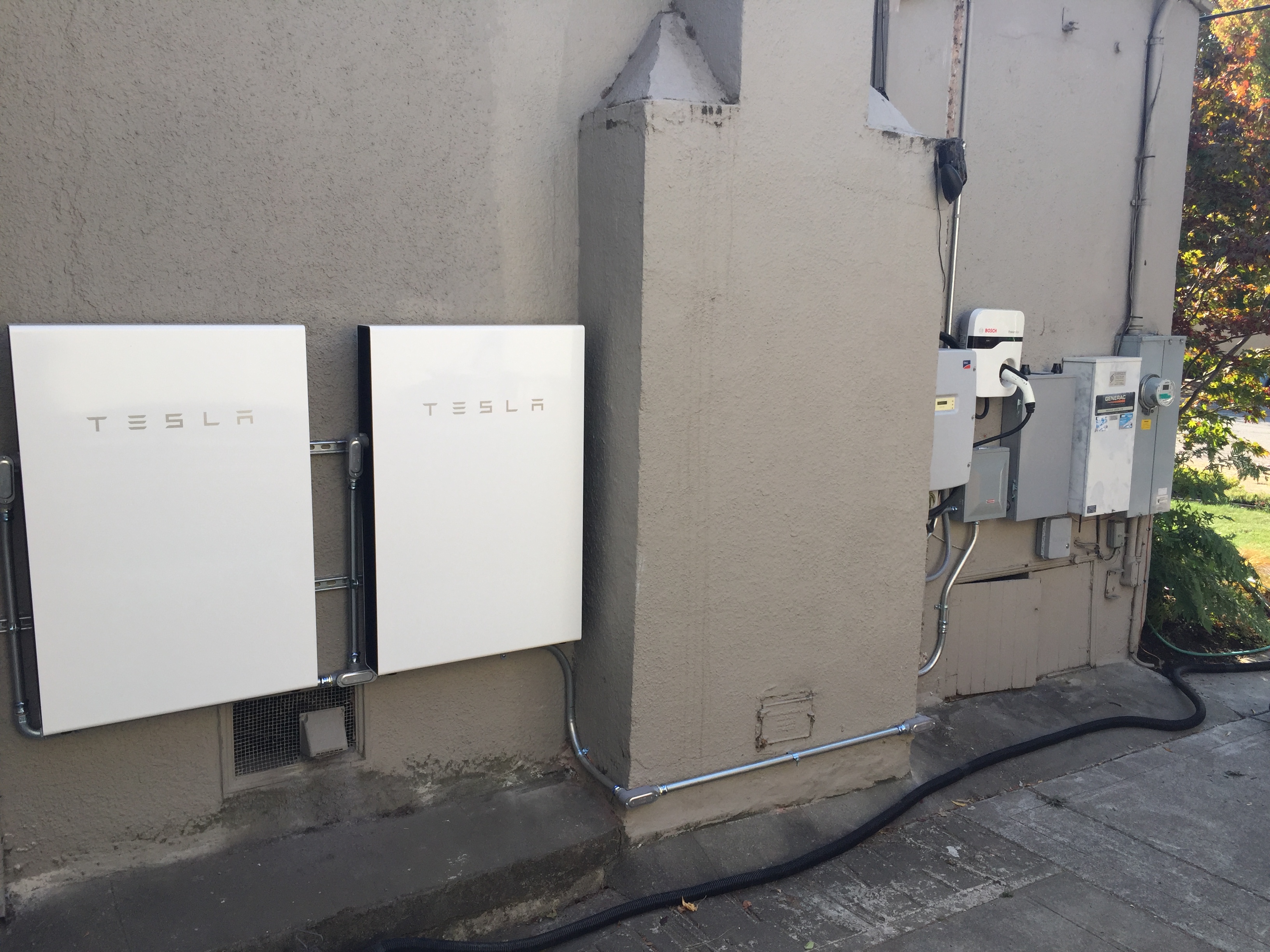So can you tell me what happens when the power goes out? The PW kicks in, and when that is exhausted, the genset kicks in, right?]
Yes, that is the sequence.
Does Solar charge the PW, and if so, does it shut down the Genset and switch back to the PW when the battery hits a certain point?
Once the Genset kicks in, the PW will have been shut off. It will take a manual restart of the PW once the grid is back up to reset the entire system. The only way to shut down the genset is when the generator transfer switch senses the grid is back up. Having said that, while PW is operating, it will be working in conjunction with solar to either charge or offset home usage. So in reality, the PW usage will be much longer than the 26kwh storage since it will replenish from solar to the point where I can probably be off grid for a long period of time.




